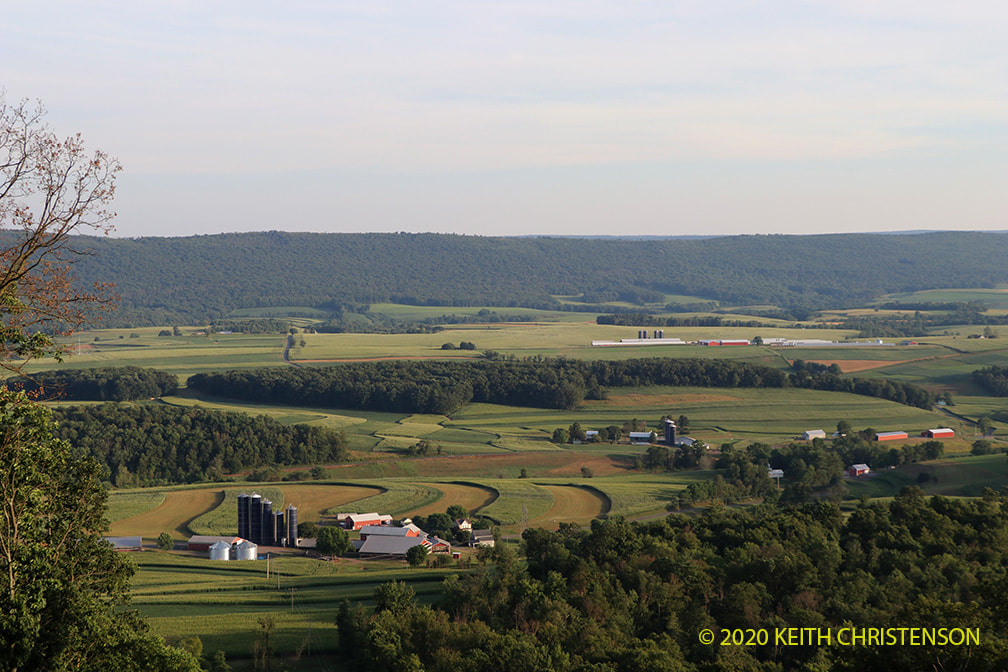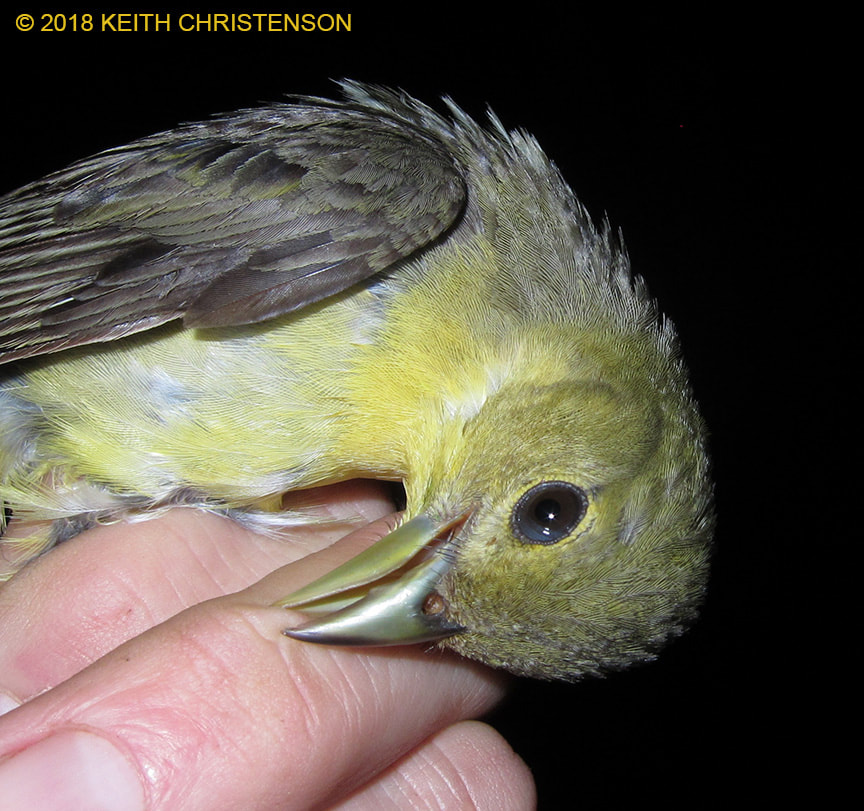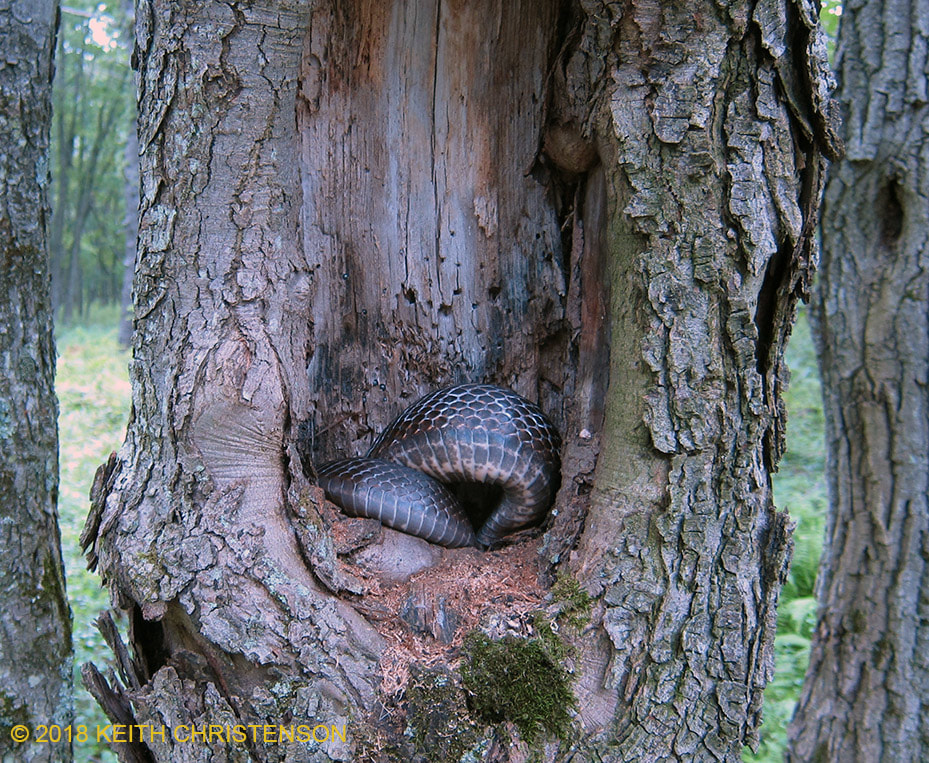I recently hiked to the top of one ridge, and took this somewhat typical image of what the ridge and valley in Pennsylvania looks like. Scattered farms and woodlots on the more or less flat valleys, and forested ridges.
|
The Appalachian Mountains in the eastern US have what is known as the "Ridge and Valley" region. It's extensive, but shows up across much of central and east-central Pennsylvania. It is, just as the name implies, ridges, separated by valleys.
I recently hiked to the top of one ridge, and took this somewhat typical image of what the ridge and valley in Pennsylvania looks like. Scattered farms and woodlots on the more or less flat valleys, and forested ridges.
1 Comment
Projects since Michigan have been all day and night with no opportunities for photos. But saw this young coyote today and put down all the gear I was carrying to get the camera out. It was poking around the wetland in the foreground, but heard me when I set down a big bag of aluminum poles and started up the road. Disappeared in the weeds right after I took this pic.
I recently went to Mars and thought I'd post a couple pics from there. And if you didn't know, it is located a bit north of Pittsburgh, Pennsylvania. Yes, your science books had it all wrong. So... And across the road from that sign, is a much bigger welcome sign. But this one you really have to read closely to get it. Funny! Main Street Mars. Yes it's Mars Bank, and a welcome to Mars banner, but did they really have to even do the street name Mars-hall??? And finally, yes, you can buy Mars property...
I often am asked about getting bitten by wildlife. Generally the answer is the same, that other than mosquitoes and the like, I don't get bitten by stuff unless I have to handle it. And then, well, things bite, so just don't handle wildlife, okay?
But it's my job to grab things and do stuff, like measure ear length or weigh them. Lots of things depending on the project I am on. So yes, I get bitten. And this has become a point of question again since I posted in a side note that scarlet tanagers bite, but that it doesn't hurt much. Different species tend to either bite a lot, or not. Some birds never seem to realize that might even be a thing, while others, most notably the chickadee, do nothing but try and bite. Some can give a pretty good pinch, especially the ones with a strong bill like a grosbeak, but mostly it really isn't hard enough to do much. And, one of the times I am most likely to get bitten is when taking the photos to document the species capture. See, when taking animal measurements I can control the whole animal including the mouth, but for the photos the head needs to be fully in the clear. Which of course allows it more freedom to take a nip. So while I normally just ignore the photos that don't well-document the species for our records, I do have other ones that show what the animal was doing while I was trying to get a good pic. And to satisfy curiosity, here is what a bite from a scarlet tanager looks like. See, not much, but if it gets you in the soft spot between your fingers you'll know about it. When in the field we run into all the wildlife at one point or another. Most often I am asked about bears and rattlesnakes. Well I put up a photo of bears, so here is a photo of a black-phase timber rattlesnake.
This 4-foot long snake was seen just about 10 feet from one of the poles that hold up the bat mist nets, so pretty much right where we had to work all night. Surprisingly, after this sighting right at dusk we never did run into him again. And yes, he was rattling away at me when I took this photo. Beautiful animals and always great to see them, and harmless if merely left alone to go about there business. There was a 4.5 foot long black rat snake in camp one day, but I was out. By the time I got back it had taken up residence in a tree hole that just seemed a bit too small for a snake that large. This is all I could see of the snake.
We saw a lot of scarlet tanagers flying around during the day, but one evening just after opening the bat nets at dark I caught a female in the net. They tend to bite, but it doesn't much hurt. And obviously the female is not exactly scarlet, but a fine shade of greenish yellow. This bird was quickly photographed and released so it could get to its night roost without much delay.
Where I was camping and working in Pennsylvania we had more than our share of bears. Pretty much saw one or more every day, and sometimes quite close. These were seen while a couple of us were walking along a trail about 200 feet from our camp. Mom wasn't super happy when she saw us, but no real danger as they are more interested in going the other direction when we bump into each other. Admittedly, bumping into this pair only 40 feet away was maybe as close as one would like for such a wildlife encounter. They posed just a moment like this, I snapped a quick photo, and they were outta there.
The wood turtle is found generally in the US northeast, and is rather different than a box turtle. These guys tend to be as home on land as in water, they are more broad and flat, and most significantly do not have any closure flaps to seal up the shell completely like a box turtle has.
Populations have been declining across the range for years, mostly due to human impacts both indirect (farming, water quality degradation, etc.) and direct (collecting for pet trade, run over by vehicles). So anymore I find it quite enjoyable to see one as they just aren't that common anymore. Most places list them as somewhere between threatened and vulnerable. Can't call it spring without a photo of another distinctive species from early spring. The spring peeper (hyla crucifer) gathers at mostly small ponds with woody vegetation around them and calls loudly and often. Darn near deafening when you walk into an area with a lot of them as it is a very piercing "peep" they make.
This photo was taken an hour ago at a small pond in the woods in Mingoville, Pennsylvania where there were about a dozen or so frogs calling. I didn't even know the pond was there, but just walked through the woods following the sound until I arrived. It is still early here but the trees are all nearing full leaf out and wanted to get a peeper photograph before they disperse. These frogs are only about 3/4 inches long and have very camouflaged coloration so I rarely see them during the summer. |
AuthorKeith Christenson - Wildlife Biologist Categories
All
Author
Keith Christenson Wildlife Biologist Archives
September 2021
|













 RSS Feed
RSS Feed